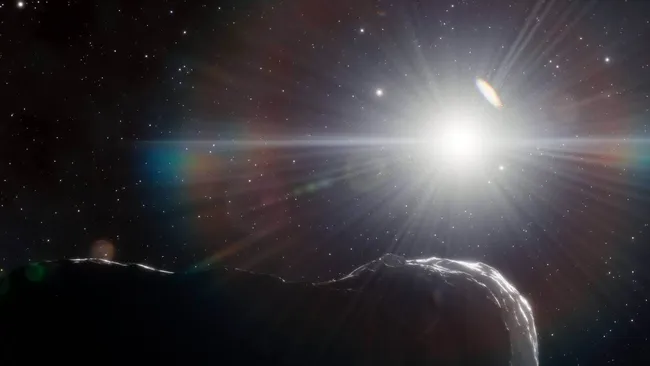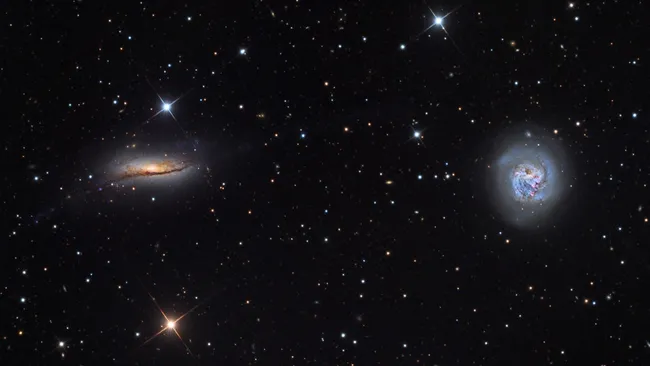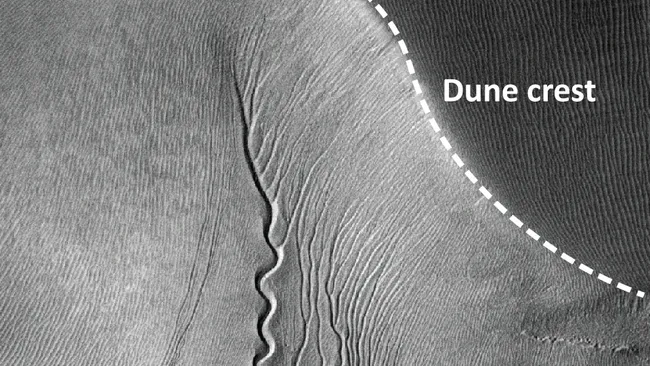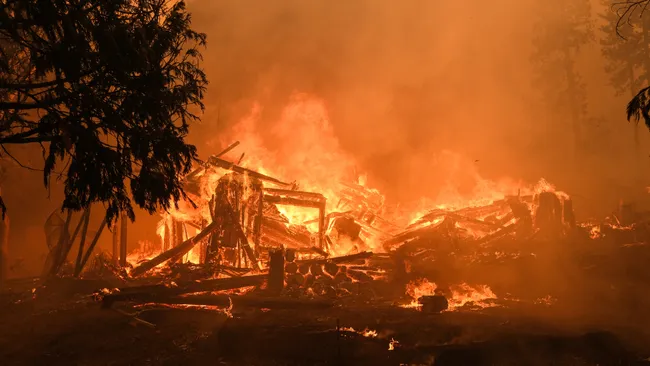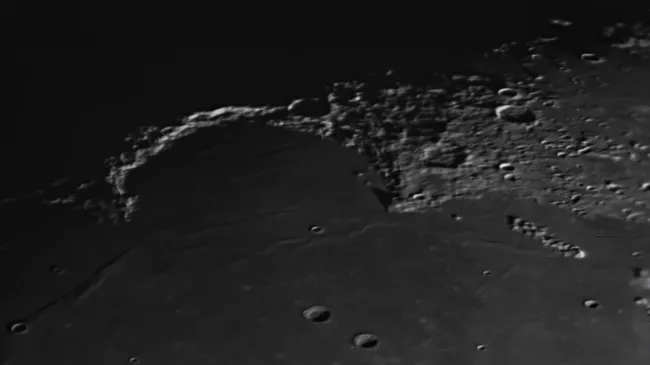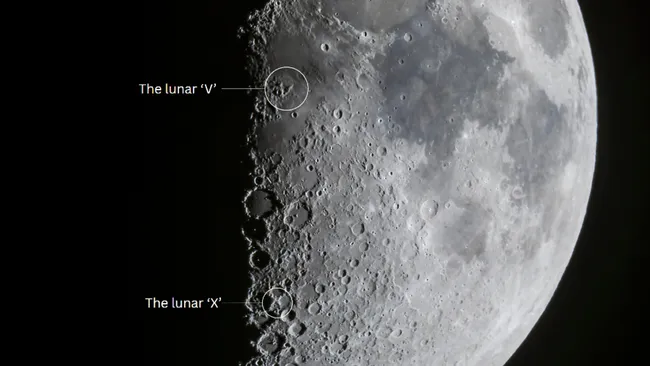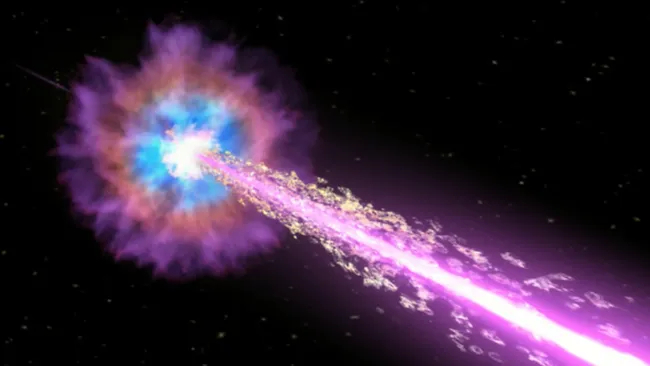Almost a year ago, the space science community observed an asteroid entering Earth’s orbit, circling for two months before departing. Scientists track such objects due to potential threats, but asteroids also hold metals worth billions, driving interest in asteroid mining.
Most asteroids orbit within the belt between Mars and Jupiter. Some are rich in platinum, cobalt, iron, and gold, vital for laptops, smartphones, and renewable energy. NASA once estimated asteroid metals could be worth $100 million per person on Earth. Mining just ten of the most profitable asteroids could yield $1.5 trillion.
The question remains: Can we access these metals? Jupiter’s gravity occasionally sends asteroids toward Earth. In 2024, asteroid 2024 PT5 entered Earth’s orbit, dubbed a “mini-moon.” Though it didn’t complete an orbit, it mirrored our moon’s path before leaving, carrying valuable rare metals.
Missions like OSIRIS-REx and Hayabusa2 have returned asteroid samples, but costs of $10–150 million per gram make commercial ventures unprofitable. Mini-moons, however, are closer and more viable targets. Asteroid mining companies like TransAstra saw 2024 PT5 as a missed opportunity.
The challenge: mini-moons are rare. Fewer than ten have been spotted in the past decade. Their extreme conditions — radiation, temperature shifts, and weak gravity — make mining difficult. Still, advances in detection from observatories like Vera C. Rubin promise more opportunities.
China dominates rare earth exports, pushing U.S. and other nations to seek alternatives. Metals like copper, nickel, and platinum are abundant in asteroids. Historic missions, from NASA’s NEAR Shoemaker to Japan’s Hayabusa, show progress, but landing remains complex due to spin speed and lack of gravity.
Innovations focus on capturing rather than landing. Tethers Unlimited designed nets to snag asteroids, while TransAstra plans to use concentrated sunlight to vaporize water-rich asteroids, leaving metals behind. Mini-moons are seen as “perfect size” targets for such ventures.
NASA’s Psyche mission, launching in 2029, will explore the metal-rich asteroid 16 Psyche, valued at quadrillions. But a sudden influx of resources could crash global markets, echoing oil and gas price drops.
Many asteroid mining companies struggle with funding. Tethers closed, while co-founder Rob Hoyt turned to writing fiction where his space mining tech lives on. For now, asteroid mining remains more vision than reality — but Earth’s next mini-moon could change everything.

